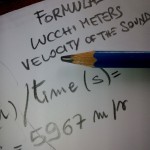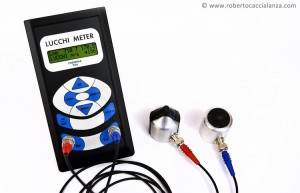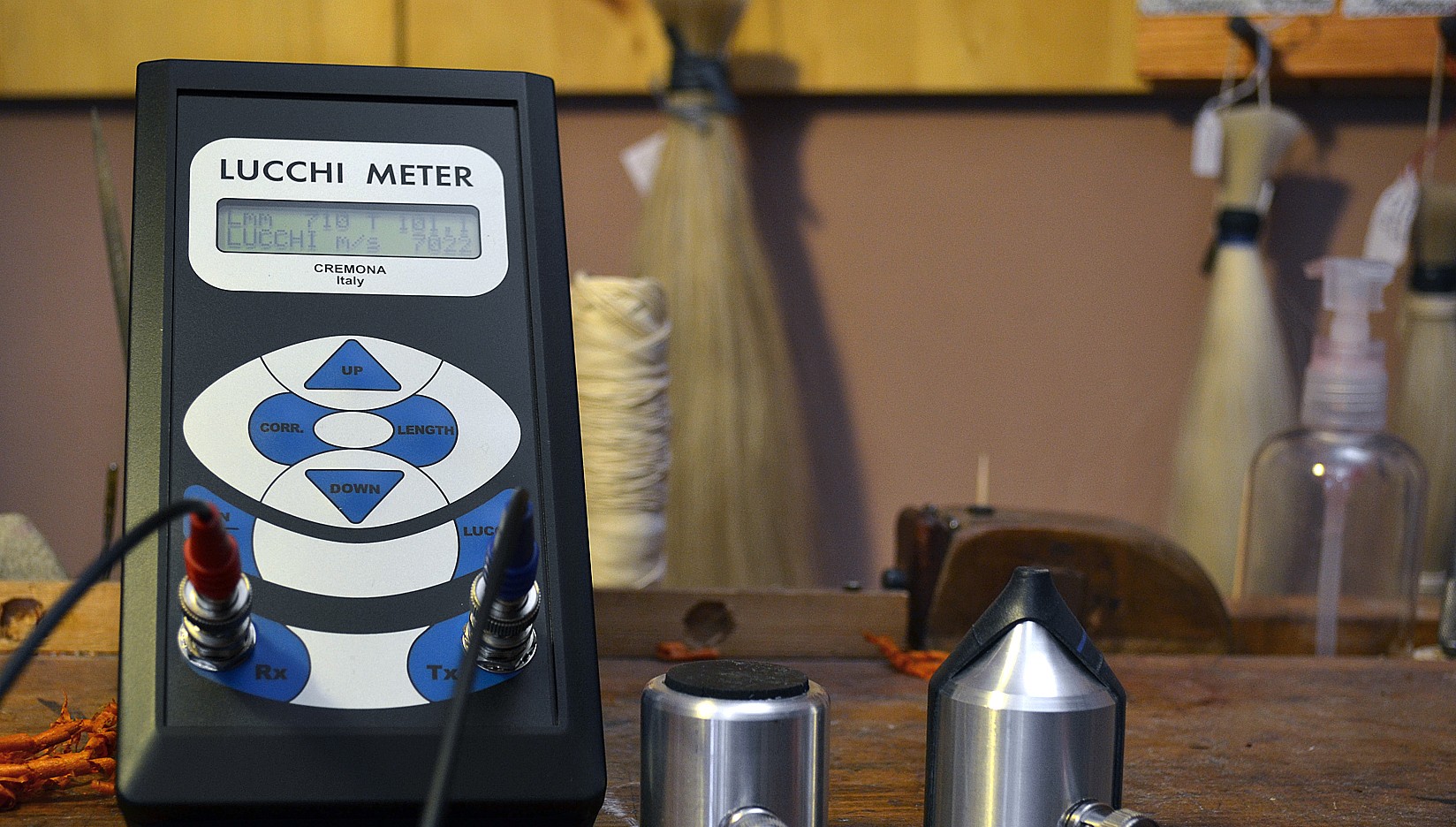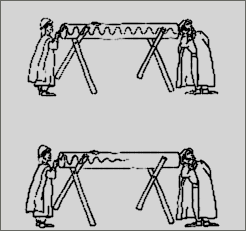 Read all Formulas
Read all Formulas
 As already mentioned in the preface, many makers have faced the problem of searching the surest and most trustworthy method to optimize the choice of suitable construction materials.
As already mentioned in the preface, many makers have faced the problem of searching the surest and most trustworthy method to optimize the choice of suitable construction materials.
Over the centuries we have followed
dozens of theories including some amusing ones. Ultimately, we have concentrated our interest on one in particular.
The method most likely used by Stradivarius, (Photo no.1) even if empiric, was based on an absolutely correct concept. The trunk trunk of a tree that, when stimulated on one side transmits the sound in the most powerful, clear and quick way to the other side, is undoubtedly the best material.
Our question was how to determine, with scientific precision, the quality of the material. By reflecting on the Stradivarius test, we found our answer.
The sound impulse travels through the fibers and requires a certain amount of time to travel from one end to the other. The shorter the time, the better the quality of the tested sample.
The difference of the time needed for an impulse of the same extent to pass through two samples is to be attributed to the specific elasticity of each one of them.
After having understood that the time is a value determined by the elasticity, Maestro Lucchi began to look for a method that could allow him to measure these variations. A valid aid was supplied to him by the ultrasonic field.
Two probes are set on the same frequency but one transmits an ultrasonic impulse, while the other one works as a receiver. At this point, it was sufficient to connect a timer in order to get the evaluation of the transit time from one probe to the other and, in this way, we succeeded in obtaining the elasticity of the sample under measure.
With a simple math equation, space divided by time (s/t), automatically developed by the new Lucchi Meter, we arrive at the velocity of the sound propagation through the wood. The sound velocity test is the absolute quality parameter that gives valuable assistance to the already skilled craftsman, merging his art with a technologically advanced device.

|

